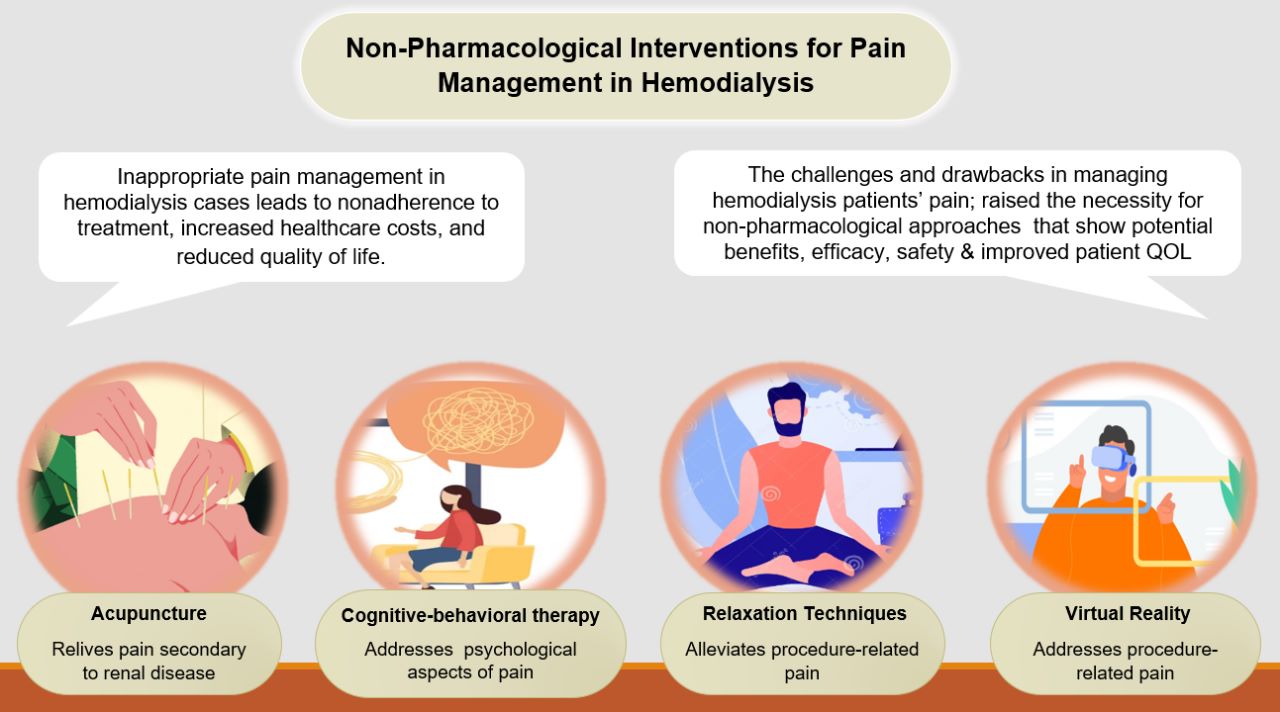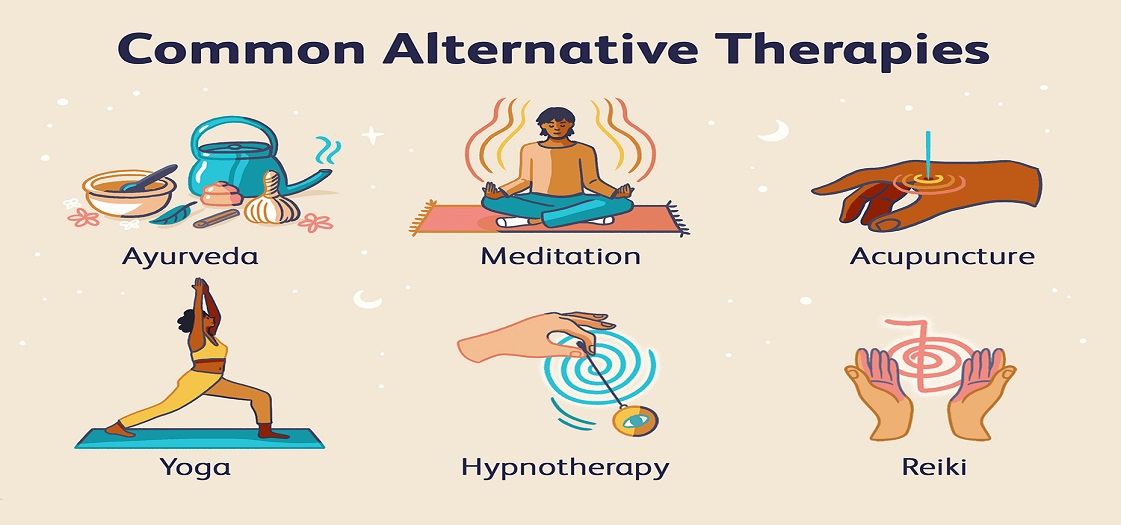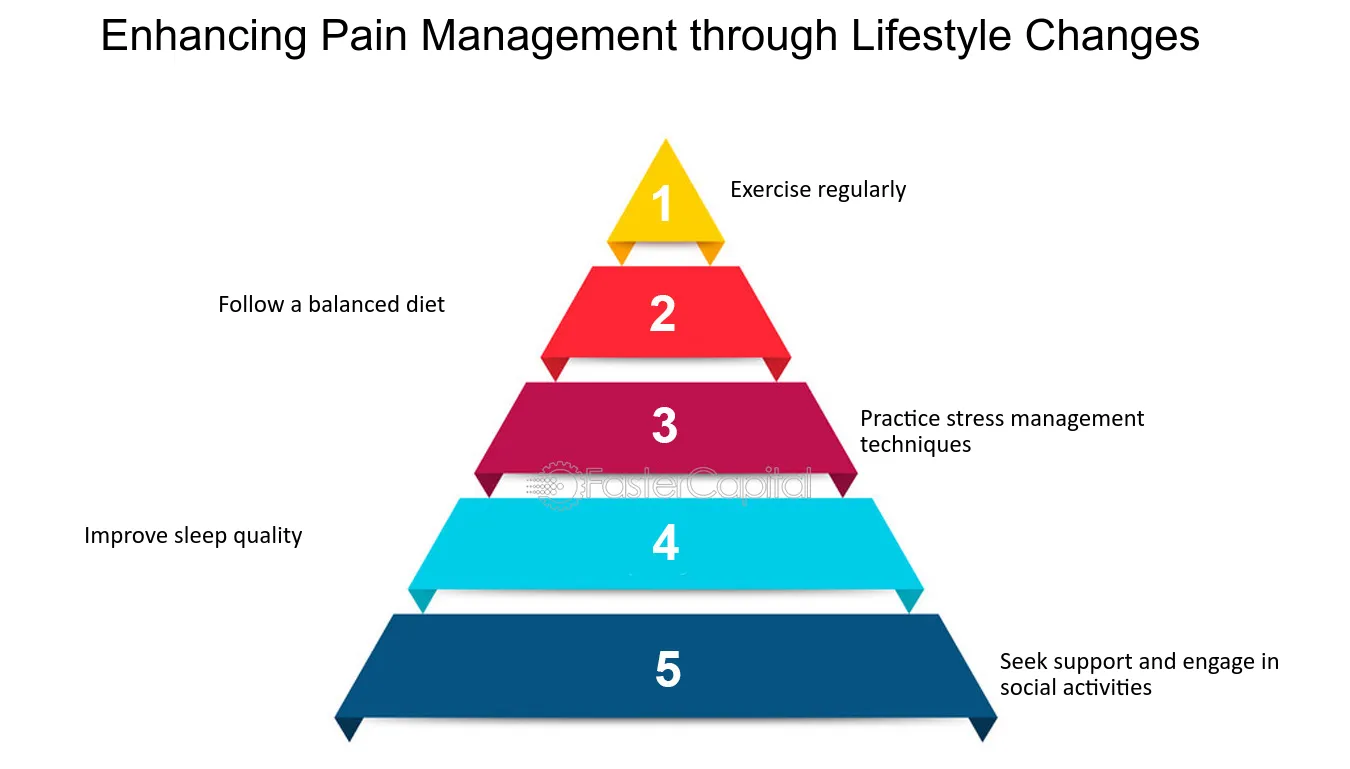Pain Killers
Comprehensive Guide to Pain Relief: Effective Strategies and Treatments
Introduction
Pain is a common experience that affects everyone at some point in their lives. Whether it’s a result of an injury, chronic condition, or just the stresses of daily life, finding effective pain relief is crucial for maintaining quality of life. In this comprehensive guide, we will explore various methods and treatments available for pain relief, ranging from over-the-counter medications to lifestyle changes and professional treatments.
Over-the-Counter (OTC) Medications
1. Acetaminophen (Tylenol)
- Uses: Effective for mild to moderate pain, such as headaches, menstrual cramps, and minor arthritis pain.
- Benefits: Less likely to cause stomach irritation compared to NSAIDs.
- Considerations: Avoid excessive use to prevent liver damage.
2. Nonsteroidal Anti-Inflammatory Drugs (NSAIDs)
- Examples: Ibuprofen (Advil, Motrin), Naproxen (Aleve)
- Uses: Ideal for pain associated with inflammation, such as muscle aches, toothaches, and sprains.
- Benefits: Reduces both pain and inflammation.
- Considerations: Long-term use can lead to stomach issues, cardiovascular problems, and kidney damage.

Prescription Medications
1. Opioids
- Examples: Oxycodone, Hydrocodone, Morphine
- Uses: Reserved for severe pain, such as post-surgical pain or cancer-related pain.
- Benefits: Highly effective for severe pain.
- Considerations: High risk of addiction, tolerance, and side effects like constipation and drowsiness. Use under strict medical supervision.
- Examples: Amitriptyline, Duloxetine
- Uses: Particularly effective for chronic pain conditions like fibromyalgia and neuropathy.
- Benefits: Can improve mood and sleep, indirectly aiding pain management.
- Considerations: Side effects may include weight gain, dry mouth, and dizziness.
- Examples: Gabapentin, Pregabalin
- Uses: Effective for nerve pain, such as shingles or diabetic neuropathy.
- Benefits: Can reduce the frequency and severity of pain episodes.
- Considerations: Possible side effects include drowsiness, dizziness, and swelling.

Non-Medication Therapies
1. Physical Therapy
- Description: Tailored exercises and stretches to improve mobility, strength, and function.
- Benefits: Reduces pain, prevents injury, and improves overall physical health.
- Considerations: Requires commitment and consistency for best results.
2. Chiropractic Care
- Description: Spinal manipulation and adjustments to improve spinal function and alleviate pain.
- Benefits: Can relieve back pain, neck pain, and headaches.
- Considerations: Ensure care is provided by a licensed chiropractor.
3. Massage Therapy
- Description: Manipulation of muscles and soft tissues to promote relaxation and pain relief.
- Benefits: Improves circulation, reduces muscle tension, and enhances well-being.
- Considerations: May not be suitable for everyone, especially those with certain medical conditions.
4. Acupuncture
- Description: Insertion of thin needles into specific points on the body to balance energy flow.
- Benefits: Can alleviate chronic pain, including migraines, osteoarthritis, and lower back pain.
- Considerations: Seek treatment from a certified acupuncturist.

Alternative and Complementary Therapies
1. Heat and Cold Therapy
- Heat Therapy: Use heating pads or warm baths to relax muscles and improve blood flow.
- Cold Therapy: Apply ice packs to reduce inflammation and numb sharp pain.
- Benefits: Simple, cost-effective, and can be done at home.
- Considerations: Avoid direct contact with the skin to prevent burns or frostbite.
2. Transcutaneous Electrical Nerve Stimulation (TENS)
- Description: A device that sends electrical impulses through the skin to relieve pain.
- Benefits: Can reduce chronic pain and improve mobility.
- Considerations: Effectiveness varies among individuals; consult a healthcare provider before use.
3. Herbal Remedies
- Examples: Turmeric, ginger, willow bark
- Benefits: Natural anti-inflammatory and pain-relieving properties.
- Considerations: Interactions with other medications; consult with a healthcare provider before use.

Lifestyle Changes
1. Exercise
- Description: Regular physical activity such as walking, swimming, or yoga.
- Benefits: Reduces pain, improves mobility, and enhances overall health.
- Considerations: Start slowly and gradually increase intensity; consult a healthcare provider if you have any health concerns.
2. Healthy Diet
- Description: A balanced diet rich in anti-inflammatory foods such as fruits, vegetables, and omega-3 fatty acids.
- Benefits: Reduces inflammation, promotes healing, and supports overall health.
- Considerations: Avoid processed foods, excessive sugar, and unhealthy fats.
3. Stress Management
- Techniques: Meditation, yoga, deep breathing exercises, mindfulness.
- Benefits: Reduces stress, which can exacerbate pain; improves mental and emotional well-being.
- Considerations: Incorporate these practices into your daily routine for best results.

Professional Treatments
1. Injections
- Examples: Corticosteroid injections, nerve blocks
- Uses: Effective for joint pain, back pain, and other localized pain.
- Benefits: Provides temporary relief from severe pain.
- Considerations: Potential side effects; not a long-term solution.
2. Surgery
- Description: Procedures to correct underlying structural issues causing pain.
- Uses: Last resort for conditions like herniated discs, severe arthritis, or major injuries.
- Benefits: Can provide permanent relief in some cases.
- Considerations: Risks associated with surgery; long recovery times.
3. Cognitive Behavioral Therapy (CBT)
- Description: A psychological approach that helps patients manage pain by changing their thought patterns and behaviors.
- Benefits: Effective for chronic pain, reduces pain perception, and improves coping strategies.
- Considerations: Requires commitment and regular sessions with a trained therapist.
Conclusion
Pain relief is a multifaceted approach that often requires a combination of methods to achieve the best results. It’s important to consult with a healthcare provider to develop a personalized pain management plan that considers your specific needs and medical history. By exploring various options and making informed choices, you can effectively manage pain and improve your quality of life. Remember, what works for one person may not work for another, so it may take some trial and error to find the most effective solution for you.
